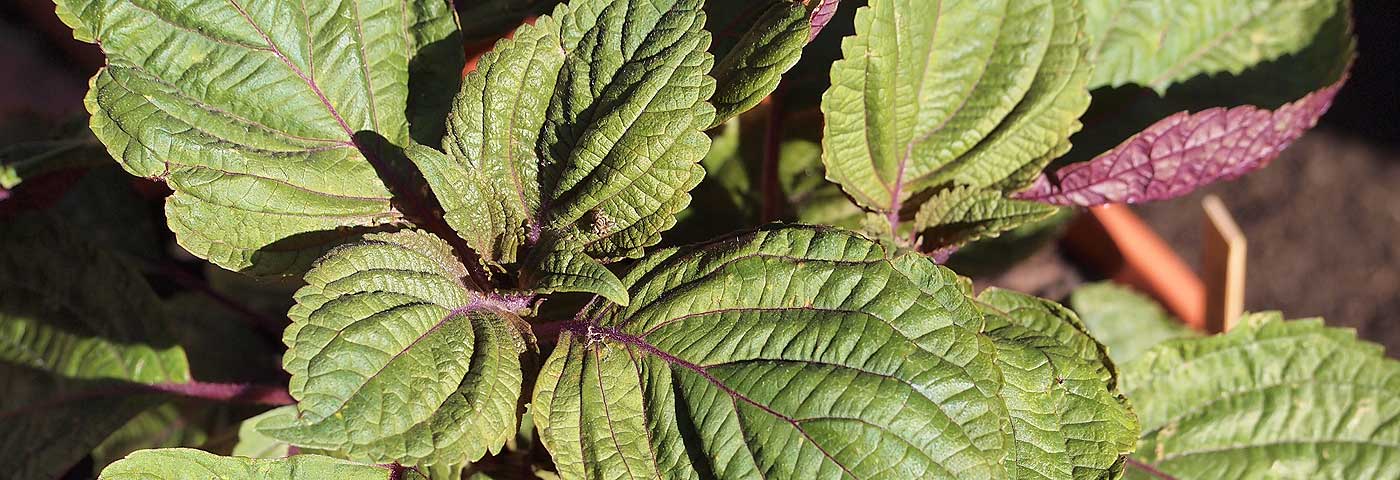Page 3 of 21
The brugmansia is flowering heavily this year.
It might be just a few days after the solstice, but a few brave flowers are still giving their all on the Citrus Burst rose.
Senecio talinoides.
The white pelicans (Pelecanus erythrorhynchos) are back at Lafayette Reservoir. Unfortunately, I only had my cell phone, and I’ll need to go back with a better camera. (I’ll…
I noticed at our local library a series of mysteries by Edith Maxwell featuring an organic gardener who solves crimes. Books in the series all have titles like Farmed…
UPDATE, Oct. 2017. The best resource for current wind patterns now seems to be sailflow. A detail of a screen capture from the site is shown above. The…
Here’s the whole series I’ve worked up over the past few days.
A California native.
I think this is some sort of Sempervivum (like Hens and Chicks).









